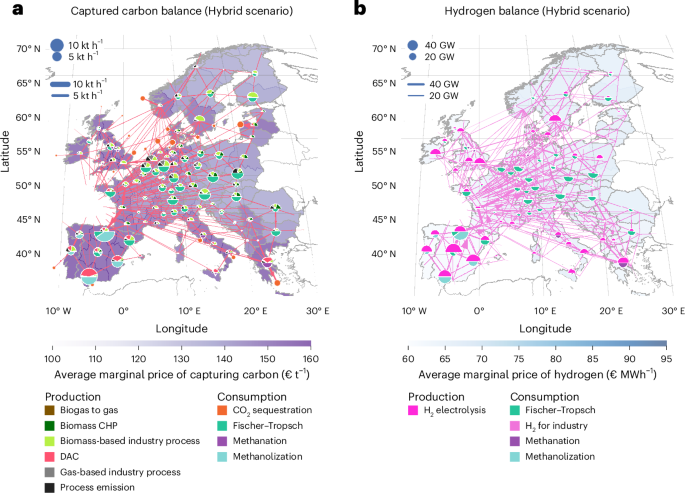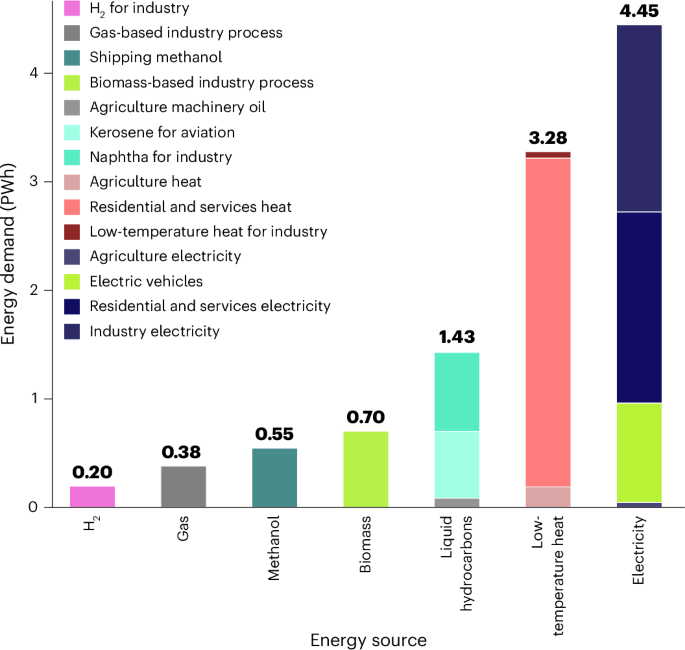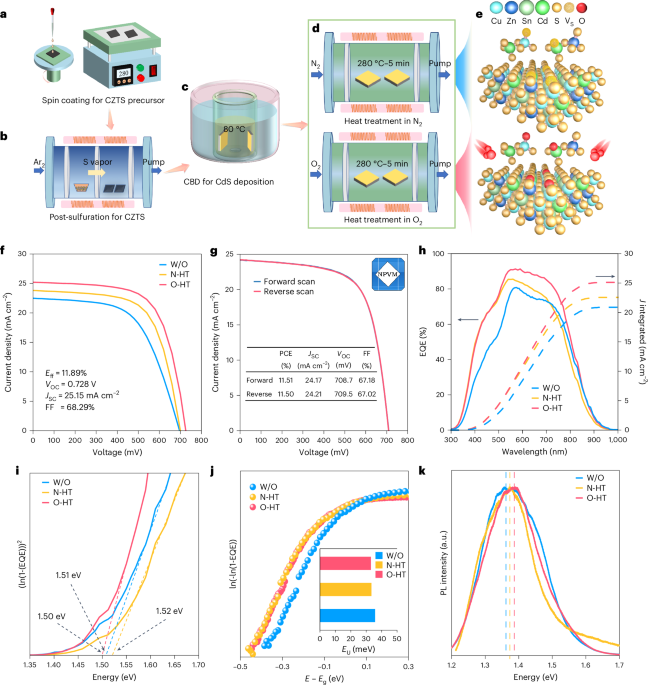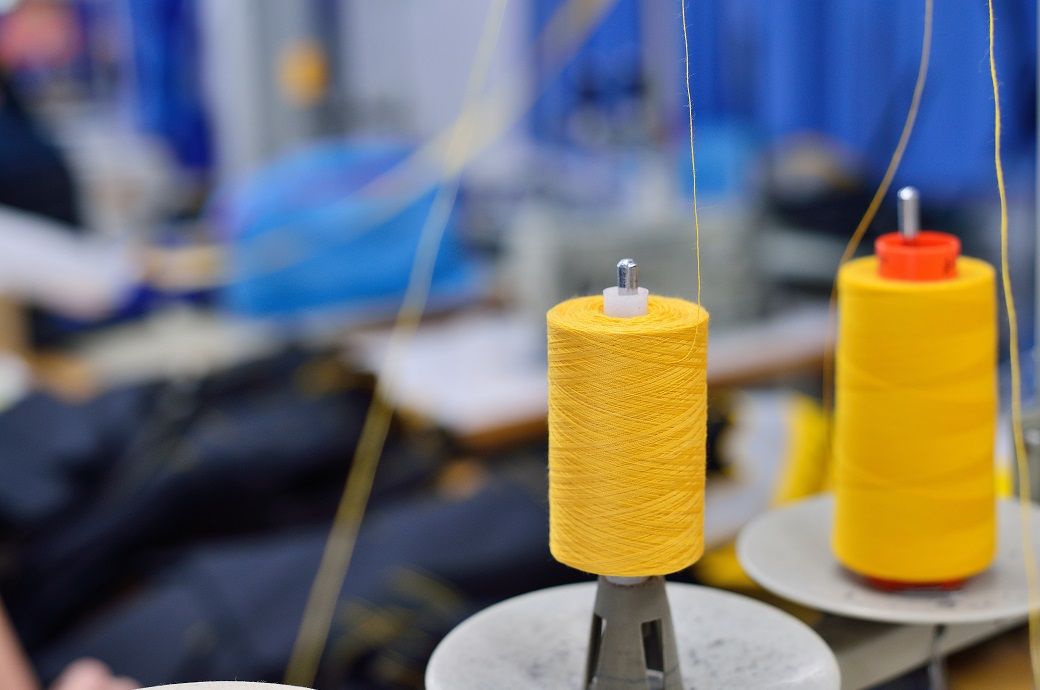Combining nanobody labeling with STED microscopy reveals input-specific and layer-specific organization of neocortical synapses
by Yeasmin Akter, Grace Jones, Grant J. Daskivich, Victoria Shifflett, Karina J. Vargas, Martin Hruska The discovery of synaptic nanostructures revealed key insights into the molecular logic of synaptic function and plasticity. Yet, our understanding of how diverse synapses in the brain organize their nano-architecture remains elusive, largely due to the limitations of super-resolution imaging in complex brain tissue. Here, we characterized single-domain camelid nanobodies for the 3D quantitative multiplex imaging of synaptic nano-organization sing tau-STED nanoscopy in cryosections from the mouse primary somatosensory cortex. We focused on thalamocortical (TC) and corticocortical (CC) synapses along the apical-basal axis of layer five pyramidal neurons as models of functionally diverse glutamatergic synapses in the brain. Spines receiving TC input were larger than those receiving CC input in all layers examined. However, the nano-architecture of TC synapses varied with dendritic location. TC afferents on apical dendrites frequently contacted spines with multiple aligned PSD-95/Bassoon nanomodules of constant size. In contrast, TC spines on basal dendrites predominantly contained a single aligned nanomodule, with PSD-95 nanocluster sizes scaling proportionally with spine volume. The nano-organization of CC synapses did not change across cortical layers and resembled modular architecture defined in vitro. These findings highlight the nanoscale diversity of synaptic architecture in the brain, that is, shaped by both the source of afferent input and the subcellular localization of individual synaptic contacts.
by Yeasmin Akter, Grace Jones, Grant J. Daskivich, Victoria Shifflett, Karina J. Vargas, Martin Hruska The discovery of synaptic nanostructures revealed key insights into the molecular logic of synaptic function and plasticity. Yet, our understanding of how diverse synapses in the brain organize their nano-architecture remains elusive, largely due to the limitations of super-resolution imaging in complex brain tissue. Here, we characterized single-domain camelid nanobodies for the 3D quantitative multiplex imaging of synaptic nano-organization sing tau-STED nanoscopy in cryosections from the mouse primary somatosensory cortex. We focused on thalamocortical (TC) and corticocortical (CC) synapses along the apical-basal axis of layer five pyramidal neurons as models of functionally diverse glutamatergic synapses in the brain. Spines receiving TC input were larger than those receiving CC input in all layers examined. However, the nano-architecture of TC synapses varied with dendritic location. TC afferents on apical dendrites frequently contacted spines with multiple aligned PSD-95/Bassoon nanomodules of constant size. In contrast, TC spines on basal dendrites predominantly contained a single aligned nanomodule, with PSD-95 nanocluster sizes scaling proportionally with spine volume. The nano-organization of CC synapses did not change across cortical layers and resembled modular architecture defined in vitro. These findings highlight the nanoscale diversity of synaptic architecture in the brain, that is, shaped by both the source of afferent input and the subcellular localization of individual synaptic contacts.









































































































































































